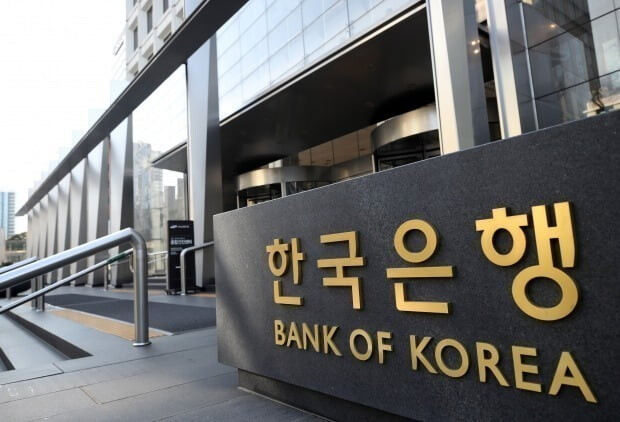
The Bank of Korea (BOK) recorded its second-highest net profit last year, driven by the surge in the U.S. stock market, increased interest income from foreign currency bonds, and a high exchange rate.
According to the '2024 Annual Report' released by the BOK on the 28th, the net profit for the previous year amounted to KRW 7.8189 trillion, a significant increase of KRW 6.4567 trillion compared to the KRW 1.3622 trillion recorded in 2023. This figure is the second-highest net profit, following the KRW 7.8638 trillion recorded in 2021.
The majority of the BOK's assets consist of foreign currency securities and deposits, while its liabilities are primarily composed of currency in circulation, Monetary Stabilization Bonds (MSBs), and deposits. Consequently, the BOK's profitability is significantly influenced by the difference between MSB issuance rates and foreign currency asset investment returns, as well as exchange rates.
The BOK attributed the increase in net profit last year to "a substantial rise in gains from securities trading (including gains from trading foreign stocks) due to stock price increases, and an increase in securities investment income (including interest from foreign currency bonds) due to prolonged high interest rates."
The amount paid by the BOK in corporate tax and other taxes last year totaled KRW 2.5782 trillion, an increase of KRW 2.0765 trillion from the previous year. This is the third-highest tax payment on record.
Specifically, total revenue reached KRW 26.5179 trillion, an increase of KRW 7.0711 trillion year-on-year. Gains from securities trading (KRW 8.3172 trillion) increased by KRW 3.5663 trillion, and interest income from securities (KRW 11.5933 trillion) rose by KRW 2.6121 trillion. In contrast, total expenses decreased by KRW 1.4622 trillion to KRW 16.1208 trillion, mainly due to a significant reduction in operating expenses, particularly losses from securities trading.
Out of the net profit, the BOK allocated 30% (KRW 2.3457 trillion) to legal reserves and KRW 24.1 billion to voluntary reserves for the purpose of contributing to the Farmers and Fishermen Savings Promotion Fund. The remaining KRW 5.4491 trillion was paid to the government as revenue.
As of the end of last year, among the BOK's foreign currency assets (excluding IMF position, gold, and SDRs), 8.0% were cashable assets, 67.2% were directly invested assets, and 24.9% were entrusted assets managed by domestic and overseas asset management companies and the Korea Investment Corporation (KIC).
By currency, the U.S. dollar accounted for 71.9% of the foreign currency assets, and other currencies accounted for 28.1%. By asset type, government bonds constituted 47.3%, government agency bonds 10.1%, corporate bonds 10.4%, asset-backed securities 11.6%, and stocks 10.2%
[Copyright (c) Global Economic Times. All Rights Reserved.]



























